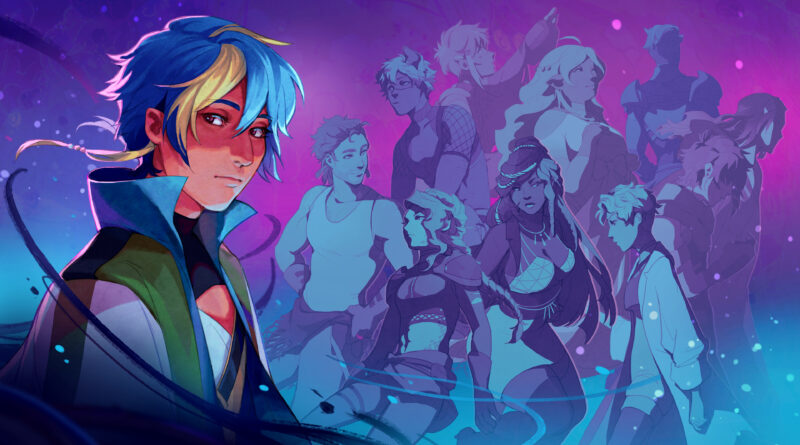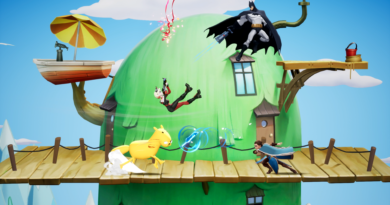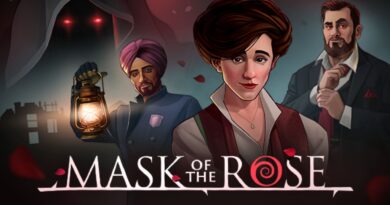I Was A Teenage Exocolonist Review – The best game we’ve played this year
I think I might have just decided to date a fascist who, after brutally losing her brother when she was around 13-14 years old, wants to shoot every single alien creature in sight. I guess those are the breaks, kids.
This isn’t real life though, oh no. I’m playing I Was A Teenage Exocolonist, an interactive, narrative adventure game that combines point and click mechanics with visual novel elements. It also throws in some light deckbuilding with its snazzy, Poker-like card game, and if that isn’t your thing and you’d rather focus on the story, you can do just that in the game’s many options – which also includes a detailed subsection for accessibility.
In I Was A Teenage Exocolonist, you play as 10-year-old child who travels to the new and exciting world of Vertumna after 20 years aboard a space ship. Before landing, all you’ve known has been the cold, steel walls of a ship and the taste of soy nutrients found in your rations. This new planet signifies a fresh adventure, and it’s up to you how you’ll play it. Things can get dangerous, and new threats lurk around every corner – whether that threat be disease, food shortages, or xenofauna depends entirely on your circumstances.
But before you can kickstart your new journey, you will need to create the protagonist you’ll be playing for the next 10 in-game years. Character customization is unfortunately limited in regards to how you can physically look. This isn’t a Saints Row game where characters are able to customize their hair colour or body size, but you are able to choose where you align with your gender identity and this will shape what you look like as you hit each new significant age group. For example, I chose the name Solana, but I used the slider to indicate I wanted to be talked to with they/them pronouns, and that growing up, my appearance would be more androgynous. In my second playthrough I chose he/him pronouns and decided I wanted my appearance to be more feminine. None of these choices limited me in any way. On the contrary, it allowed me to explore my appearance in a way that felt comfortable, and the best part? I could easily change what I looked like via settings instead of having to start a whole new game.
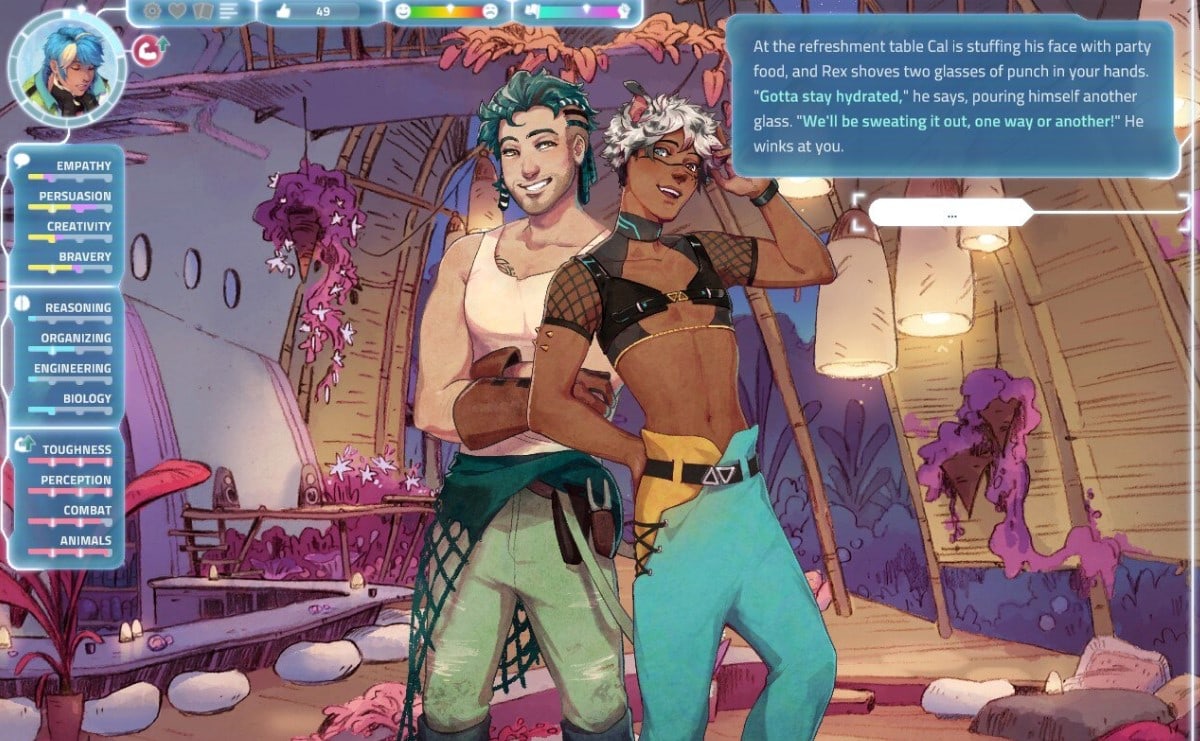
The character customization doesn’t just stop at your gender identity. You’ll also be able to choose your childhood best friend (which grants you a bonus with them), as well as certain augmentations – features like super strength, an extra finger, an absorbent brain – that’ll enhance your stats. It may feel like a lot to do at the very start of your adventure, but never does it feel unbearable in its scope. If anything, the excitement at having near complete control over your beginning before stepping forth into a new world reminded me of stepping into old-school RPGs like Dragon Age: Origins.
Once you’ve finished customization though? That’s where the real fun – and your life on this new planet – begins. There’s a lot to do in Vertumna and depending on which stats you choose to focus on, different jobs open up to provide you with even more options. You can be a supply clerk, tutor children, babysit, and even join the guard if interests you. What I really enjoyed about this level of choice was that it was like a lightning strike. The choices you make zigzag and touch everything around you: your friends, your parents, and the colony as a whole. These choices can be dire, and others can help provide comfort and security. Regardless of the emotional aftermath, Northway Games expertise on balancing both the highs and lows of living on Vertumna is nothing short of masterful.
With my first playthrough I was determined to become a soldier who didn’t want to exterminate all life, so focused all my time on raising stats that were Combat and Animal focused, with an occasional work at the supply depot to raise my Persuasion. Because of this, I was able to witness the dangers of both the flora and fauna of this planet first-hand instead of cowering in the creche with the other children, as well as discover more about the aliens on Vertumna. Yet, because I didn’t focus on anything to do with the brain – such as Biology or Engineering – I was powerless during an event where a weird, alien plague took the life of colonists. And these aren’t nameless people, but people I had grown up with, further twisting the knife.
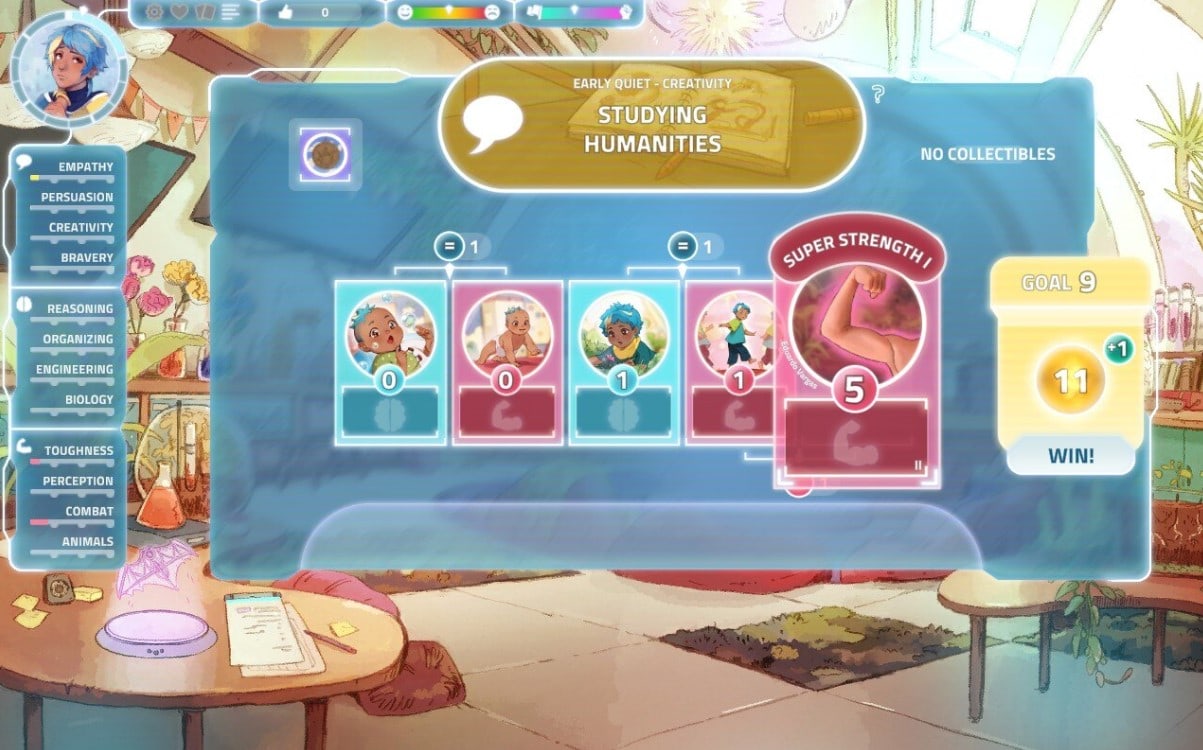
To compliment the abundance of choice that’s featured during the game’s many, many encounters, is the use of battle cards. All cards are colour-coded, with red signifying physical skills like Combat and Toughness, yellow for Persuasion and Bravery, and blue for mental-orientated skills like Reasoning and Biology. To be successful at an encounter, you must meet a certain goal number, which may sound easy enough but as you progress, things begin to get tougher and tougher. These encounters can determine whether you succeed at something as simple as convincing a child to give over the toy they’ve stolen, or convincing a jackass guard to stop torturing the live animal he’s caught. You can push through some of these encounters by sheer will, but the con to doing that is your body becoming wrecked by stress, forcing you to rest a month and lose out on further upgrading your skills.
The combination of choice and a card game loosely based on poker surprised me with how it played on my emotions. Sure I could forget a memory (which is what these battle cards reflect) and try to improve my deck that way, but there were times where I simply couldn’t get the goal I needed, no matter how hard I tried to bludgeon my way to victory. While I could have turned the card game off altogether, I found that its inclusion heightened the urge to succeed the encounter by my own hand, rather than a game of chance.
But, as much as I thoroughly enjoyed both the management, exploration and card game side of things, what truly kept me grounded was the range and variety of characters you meet, and the narrative intrigue of the storyline that Northway Games has perfected through the addition of reincarnation. The end goal is to get to age 20 and see how the life you’ve built on Vertumna has affected the colony’s future, but that doesn’t just stop at your first playthrough – which can take up to 9-10 hours to complete. In fact, it’s only when you’ve completed the game for the first time that you realize you’ve barely scratched the surface and there are 29 other endings you can unlock throughout your time on Vertumna. More importantly though, the weight of some decisions are only truly felt in a second run of the game, and the payoff feels amazing.
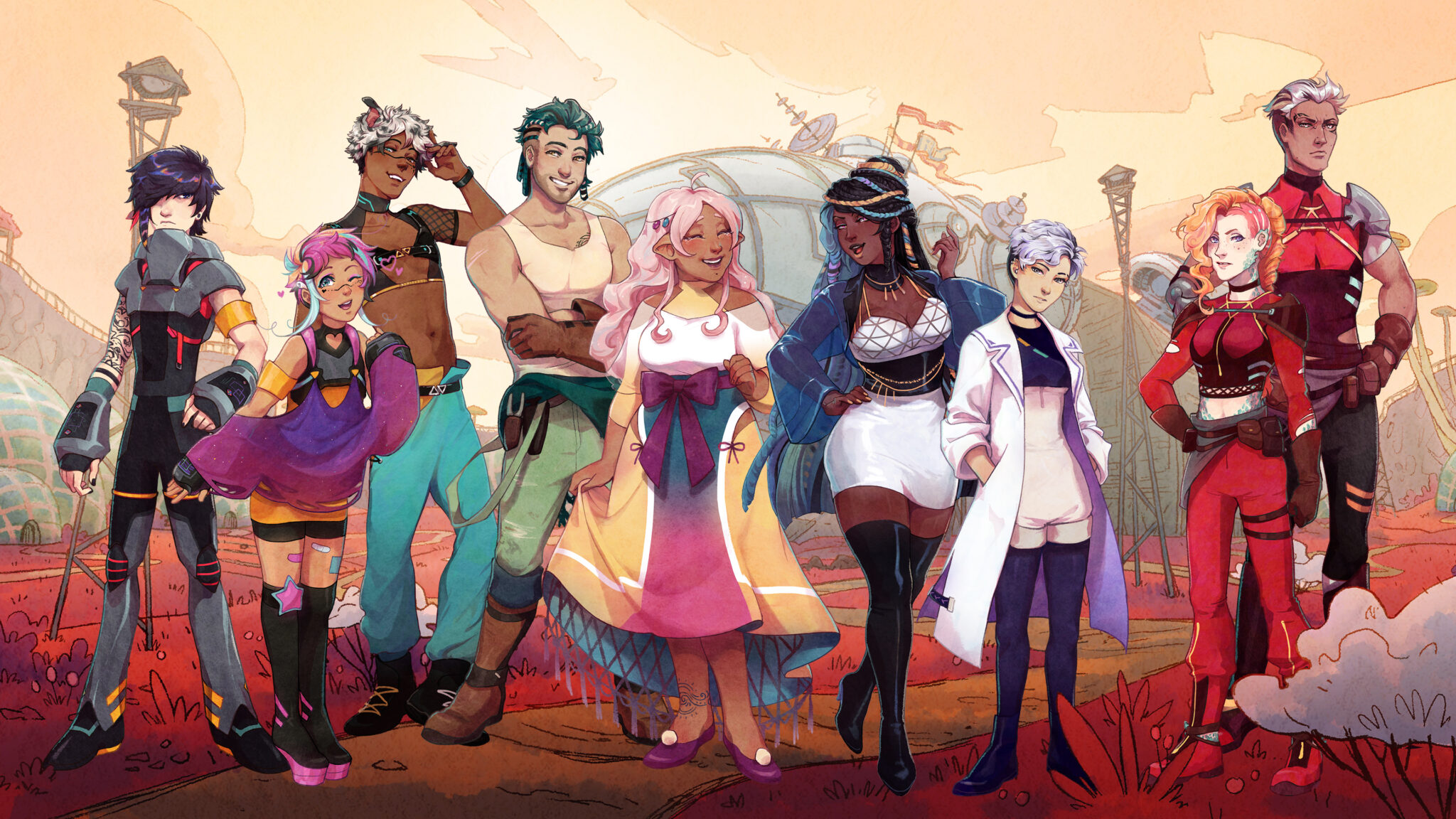
And, as we’ve previously talked about with Northway Games and Finji, you won’t have to go through the story alone. There are several romance options for you to choose from, though actual dating and implied content that’s sexual in nature doesn’t occur until you’ve become a young adult. All love interests have their flaws, hence myself accidentally dating a fascist (whoops!) in my first playthrough, but your influence can help sway them to seeing another point of view they hadn’t considered before, or make their viewpoints less extreme. None of them are perfect, and I wouldn’t want them to be. But all are intriguing and well-thought out. A rare game indeed to make me want to romance everyone across seven different playthroughs, but this RPG has the range to do just that.
I Was A Teenage Exocolonist might just be the greatest game I’ve played this year. It’s funny, heartfelt and completely devastating. And I want to play it again, and again, and again…And again.
I Was A Teenage Exocolonist is now available to play on Nintendo Switch, PlayStation 4, PlayStation 5, and PC.

